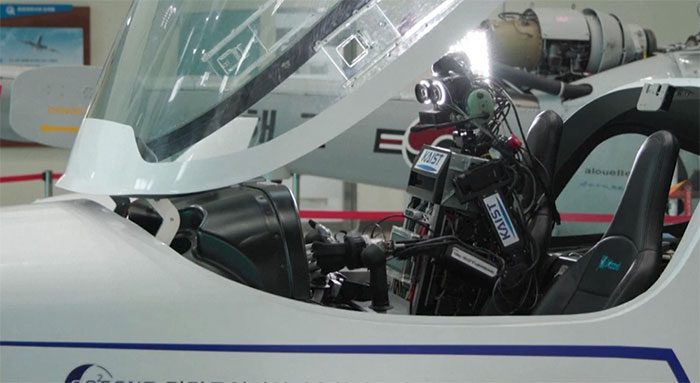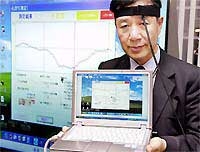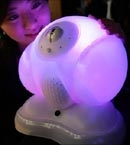South Korean scientists have introduced a humanoid robot integrated with artificial intelligence and capable of piloting an aircraft. This robot is expected to replace human pilots in the future.
In an era where artificial intelligence is becoming increasingly sophisticated and integrated into various aspects of life and production, South Korean scientists have unveiled the world’s first robot equipped with AI that can control an aircraft.
This robot is named Pibot, designed to resemble a human, standing at 1.6 meters tall and weighing 65 kilograms. Pibot is the product of researchers at the Korea Advanced Institute of Science and Technology (KAIST). The development project for Pibot began ten years ago and has now made significant progress.
Pibot is equipped with multiple cameras capable of monitoring systems within the cockpit, recording the aircraft’s operational conditions. The robot is also outfitted with two arms featuring fingers capable of gripping the aircraft’s control yoke.

Pibot is the first humanoid robot in the world integrated with artificial intelligence and capable of piloting an aircraft. (Photo: KAIST).
The scientists have utilized an AI system trained on data that includes pilot training programs and manuals for various types of aircraft. Pibot is also capable of loading and memorizing flight charts without the need for additional auxiliary devices.
Pibot’s ability to remember the contents of flight manuals is considered superior to that of humans, allowing the robot to find suitable solutions to handle unexpected situations more quickly than a typical pilot.
Pibot is also equipped with a large language model AI system, enabling it to communicate with air traffic control via voice and understand commands from air traffic controllers.
Pibot can also communicate vocally with other individuals in the cockpit, meaning it can operate alongside a captain or co-pilot. Additionally, Pibot can connect with the aircraft’s systems to monitor all parameters inside and outside the aircraft.
Actual test piloting process of Pibot. (Video: KAIST).
Researchers have stated that Pibot can control every phase of an aircraft, from starting the engines, taxiing, taking off, to landing. David Hyunchul Shim, the head of the Pibot research project, mentioned that in the future, this robot could operate an aircraft like a real pilot.
Simulated cockpit tests have shown that Pibot can safely control an aircraft, even in adverse weather conditions.
KAIST researchers plan to test Pibot on an actual light aircraft in 2026.
Beyond developing a robot capable of flying airplanes, South Korean scientists aspire to develop Pibot to drive cars, boats, and military vehicles such as tanks and fighter jets in the future.
Previously, the U.S. Department of Defense’s Advanced Research Projects Agency (ALIAS) attempted to develop an AI system to assist in flying a Boeing 737 under simulated conditions.
The U.S. Air Force and NASA have also developed various AI technologies to support pilots in aircraft operation. However, Pibot is the first humanoid robot in the world developed with the capability to pilot different types of aircraft.
Currently, Pibot is still in the development phase, and it will certainly take a long time for scientists to perfect a robot capable of fully replacing humans in aircraft operation, which requires precision in every action.
Of course, not every passenger is ready to board a plane piloted by a robot.




















































